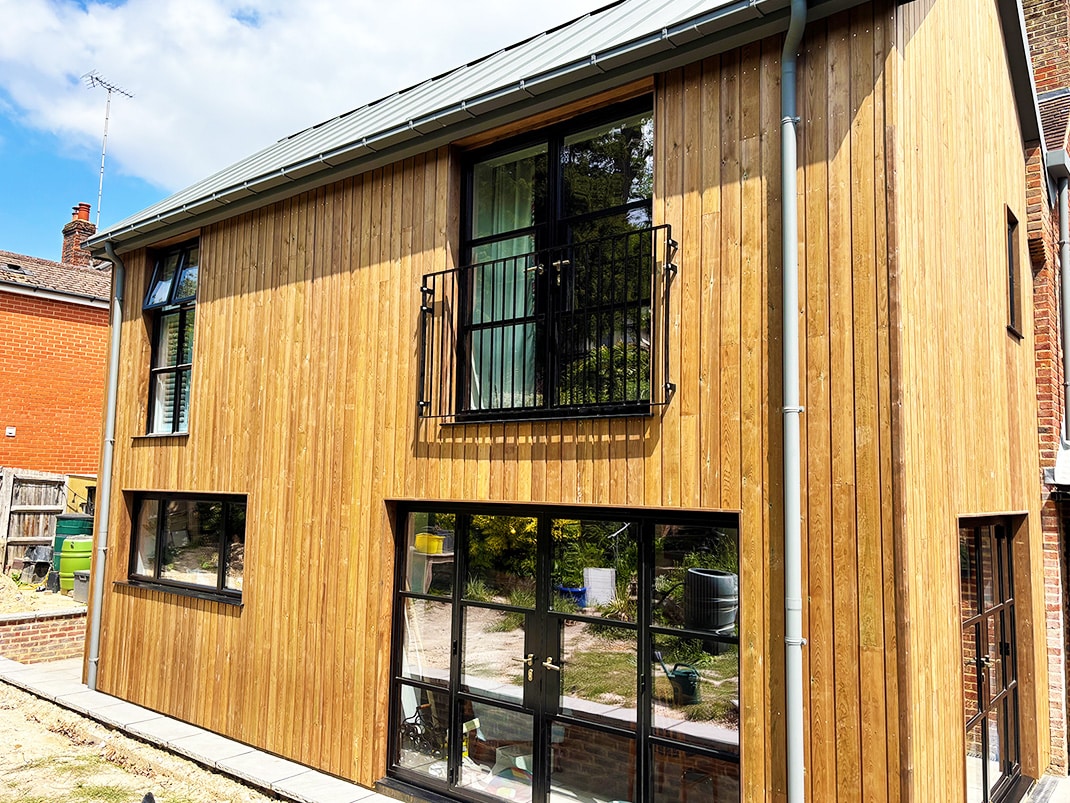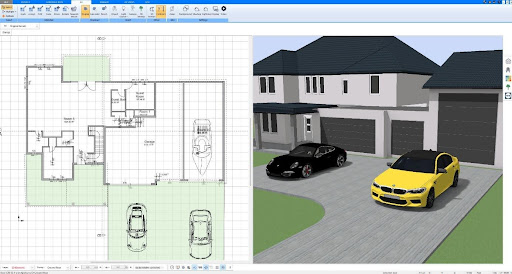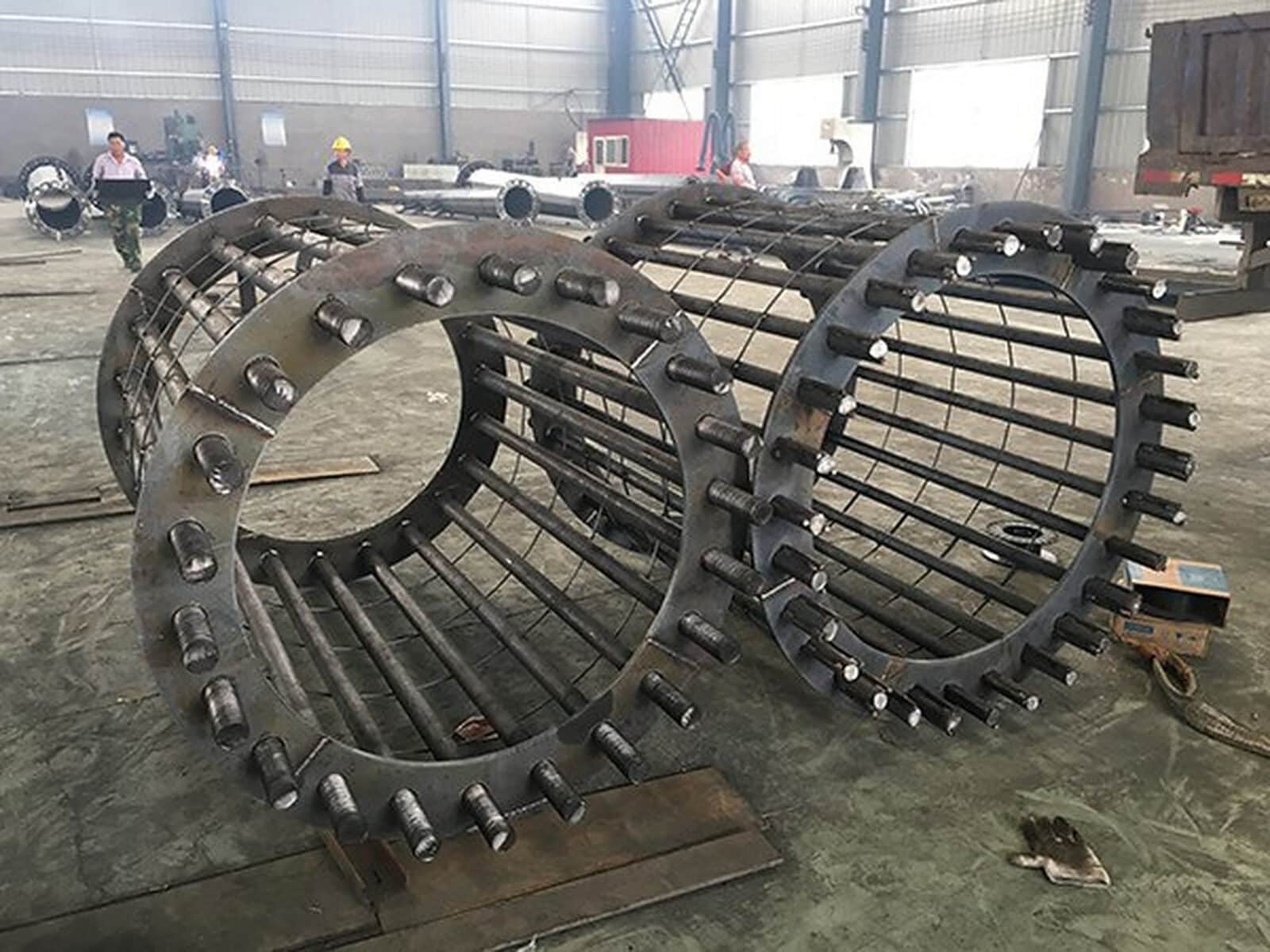The construction industry has greatly evolved. Nowadays, there are stricter safety codes you need to follow, higher design standards, and clients expecting every project to look like it came straight out of a magazine.
All these pile pressure on contractors who are already trying to balance safety, cost and style. It’s no wonder so many builders, architects, and designers are turning to tempered glass as their go-to material.
You’ve probably noticed it too; glass facades, sleek balustrades, open office dividers, all made with that smooth, crystal-clear finish that somehow looks delicate yet feels indestructible. There’s a reason this material is taking over. Actually, there are three big ones.
Table of Contents
1. Safety
You can’t talk about construction materials without thinking about how they’ll hold up under pressure. The last thing you want is an accident because a standard glass panel couldn’t handle a bit of stress or impact.
Tempered glass changes that equation completely. It’s made by heating ordinary glass to extreme temperatures and then rapidly cooling it, which gives it up to five times the strength of regular glass. It’s incredibly hard to break, and when it does, it shatters into tiny, dull-edged pieces rather than sharp, dangerous shards.
This single property has made it the preferred choice in public buildings, storefronts, and even residential projects where safety regulations are strict. Think about it: in high-traffic areas like shopping centers or office lobbies, you don’t just need glass that looks nice; you need glass that keeps people safe.
2. Handles Heat and Stress Perfectly
If you’ve ever worked on a project exposed to extreme weather, or even just direct sunlight, you know how much expansion and contraction materials go through. Unfortunately regular glass doesn’t always take kindly to that. It may crack and show stress fractures after a short period, especially when there’s uneven heating across the surface.
Tempered glass, on the other hand, thrives under pressure. Because of the way it’s manufactured, it can handle temperature changes up to about 250°C without cracking. That’s why it’s perfect for both interior and exterior applications.
Plus, with energy efficiency being such a big deal these days, this glass works well in combination with coatings that control heat gain and loss. So whether it’s the sweltering heat of summer or the chill of winter, tempered glass can maintain stability, both structurally and thermally.
3. Fits Right Into Modern Design Trends
Have you noticed how every new building seems to feature more glass than ever before? There’s something about transparency and light that feels distinctly modern. Whether it’s a minimalist home with floor-to-ceiling windows or an office space designed to look open and collaborative, glass brings that sleek, airy vibe that people crave.
Tempered glass makes that aesthetic possible without sacrificing practicality. You can use it for massive glass walls, partitions, stair railings, or even flooring, yes, flooring, and still meet building codes for strength and safety. It’s what allows architects to dream big and still keep everything functional.
Even homeowners are getting in on it and are swapping out traditional materials for glass balconies, frameless shower enclosures, and transparent staircases. Why? Because tempered glass blends durability with beauty. It reflects light beautifully, expands visual space, and gives that premium, high-end look.
Wrapping Up
Tempered glass is an important element in the construction industry. Its safety, strength, heat resistance, and design flexibility make it hard to beat. Whether you’re working on a high-rise, a retail space, or a sleek modern home, it checks all the boxes. When planning your next big build or renovation, add tempered glass into your list and you’ll not regret it.





